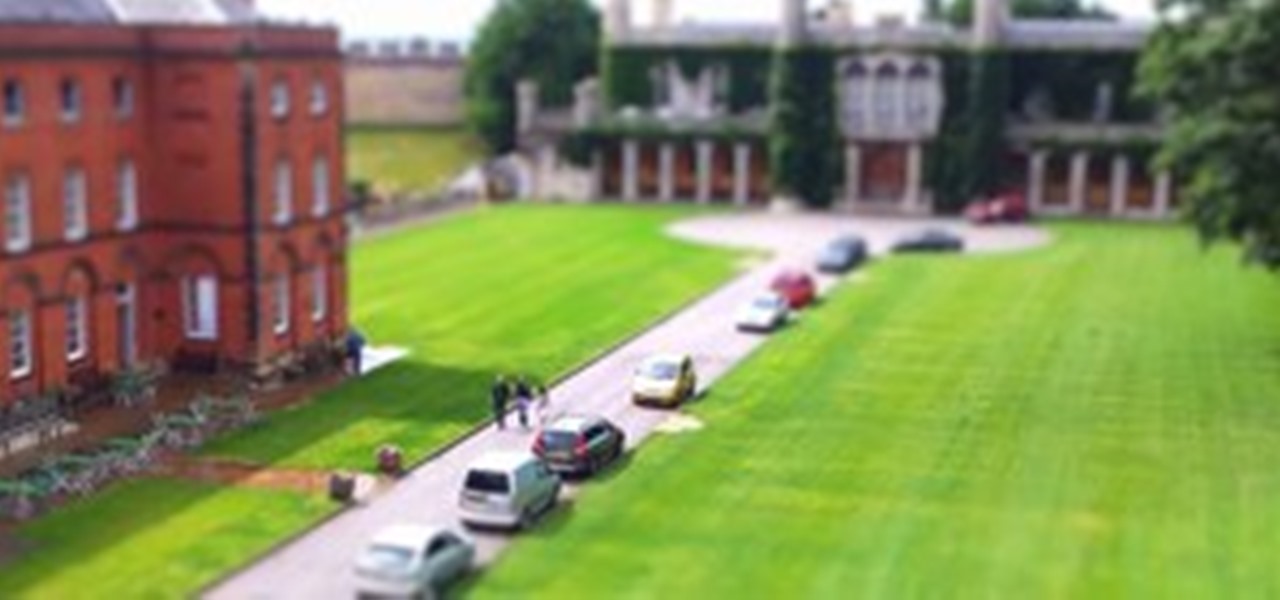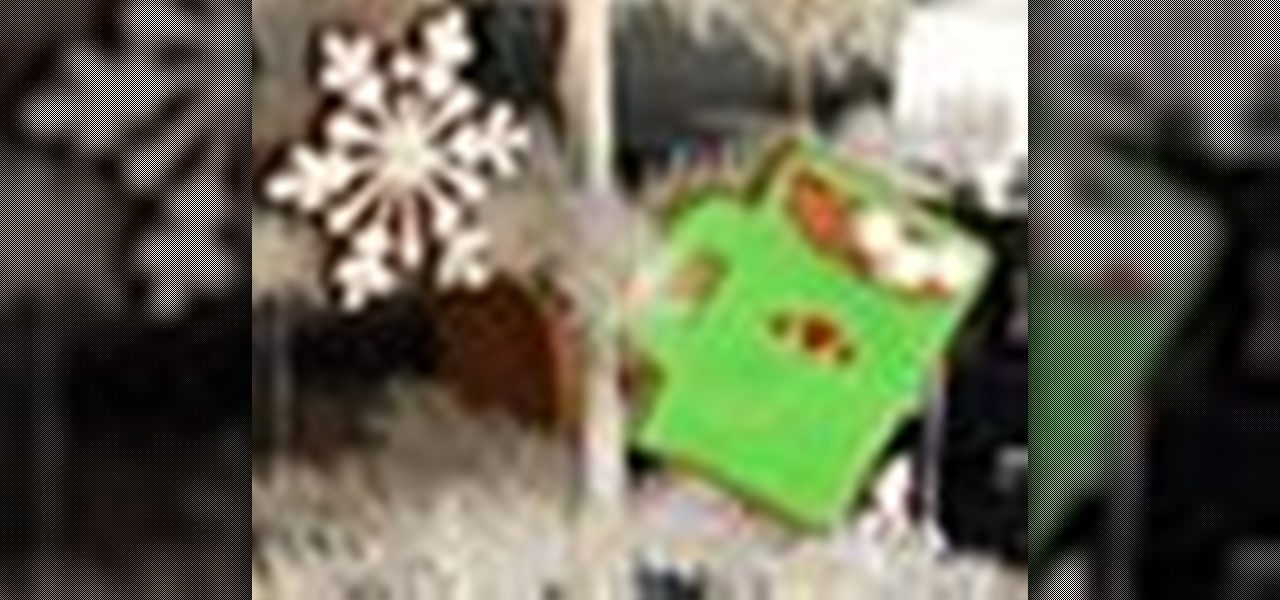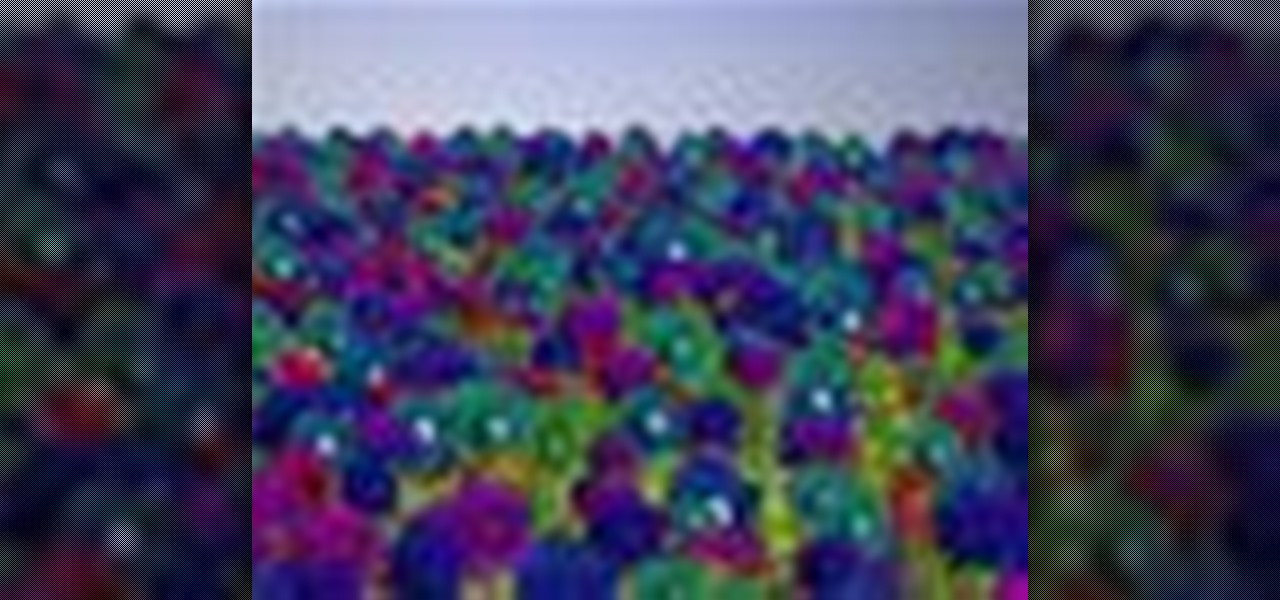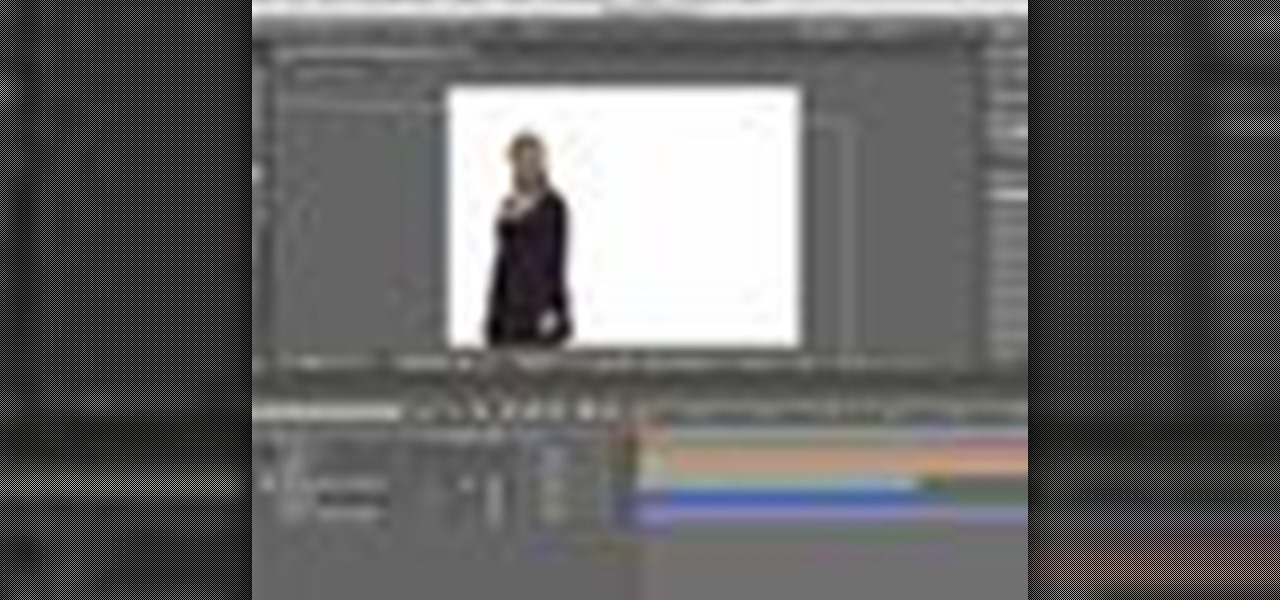
Royal Vegas Search Results




News: Video Game Landscape Brought to Life: A Real World Tour of "Fallout: New Vegas"
Following in the footsteps of great historical figures is a great way to learn about them. Michael Wood famously did so in the 1980's for his PBS documentary and book In The Footsteps of Alexander The Great. This March, UK-based marketing director Chris Worth completed a similar endeavor—not by tracing the path of a real-life emperor or explorer, but a humble video game character. One known simply as "The Courier".

News: Down the Rabbit Hole! Alice in Wonderland Sweets
With the recent release of Tim Burton's Alice in Wonderland, it's time to celebrate - in the form of cake, of course! Bakelab offers a series of Alice inspired sweets. Buy them online, OR if you're in the L.A. area, stop by ROYAL/T in Culver City.

News: Down the Rabbit Hole! Alice in Wonderland Sweets
With the recent release of Tim Burton's Alice in Wonderland, it's time to celebrate - in the form of cake, of course! Bakelab offers a series of Alice inspired sweets. Buy them online, OR if you're in the L.A. area, stop by ROYAL/T in Culver City.

Minecraft: Much to Do About Gardens
The order was given months ago: Build me a royal garden.

How To: Get the 'Cardiac Arrest' Achievement in Fallout: New Vegas
Okay, a bit of a disclaimer before we get to the achievement talk. To do this one, you'll have to have bought the Old World Blues DLC for Fallout: New Vegas.

How To: Create interactive PDF forms in Acrobat Pro
Dave Cross developed an interactive PDF for people planning to attend Photoshop World in Las Vegas this September. In this tutorial, he breaks down how he used Acrobat Pro tools, like combo box, to create the form. You can take the Photoshop World example and apply it to your own interactive form creations in Acrobat. Create interactive PDF forms in Acrobat Pro.

How To: Create a "running lights" effect in After Effects
This tutorial shows you how to make a vegas style sign where lightbulbs turn on and off in sequence around the outside of a shape. Using simple photoshop files, create an animated billboard of a T. Create a "running lights" effect in After Effects.

How To: Find and Observe the Garradd Comet
If you haven't seen one, a comet is one of the most spectacular astronomical objects in the sky, partially because it is so close to Earth. At the closest, it is only 1.3 a.u. (194,477,400 kilometers) away from Earth. Comet C/2009 P1 Garradd was discovered by Gordon J. Garradd on August 13, 2009. It never comes closer to the sun than Mars's orbit. Usually, a comet moves fast, but it has stopped moving so fast recently, making it really easy to observe. It can be observed by a telescope or wit...

News: Tilt-Shift, Time-Lapse Video from Camera Phone Transforms the Real World into a Mini Toyland
This colorful image may look like a miniature set of model cars, foam buildings and painted grass, but it's nothing of the sort. It's a still photo from a time-lapse video that Stu Kennedy shot in his hometown of Lincoln, England. But it's not your ordinary time-lapse. Kennedy used his trusty new Samsung Galaxy S2 and its 8-megapixel camera to capture the video in high-definition (1080p). And that's not all. He also used a post-editing technique called tilt-shift, which transforms the normal ...

How To: Turn decorated cookies into holiday ornaments and party favors
Got lots of pretty cookies to share with friends and family during the holidays? While it's true you could hand them off in tins as is, it's so much more fun to experiment with packaging and favor ideas.

How To: Create a 3D picture montage in Adobe After Effects
In this Episode, Rob Birnholz shows you a great technique for quickly creating a 3D picture montage with Trapcode Particular. It takes just minutes to set up, but can save you hours of work.

How To: Create a dissolving text transition in After Effects
In this episode of Red Giant TV, Aharon Rabinowitz shows you how to create the effect of text (or a logo) dissolving to sand and blowing away. You'll also learn how to reverse the transition, so that sand forms into text.

How To: Achieve a paint stroke morph effect in After Effects
In this video tutorial, CreativeCOW leader, Eran Stern demonstrates using paint strokes brushes to automatically morph between path shapes.

How To: Create a retro sci-fi title animation in After Effects
In this 2 part video tutorial, Eran Stern shows you the first step to create a retro design title animation for a fictional sci-fi movie.

How To: Generate traffic pattern backdrops in After Effects
In this Red Giant tutorial, Aharon Rabinowitz shows you how to create a realistic traffic pattern backdrop - great for a scene in which the camera overlooks a low lying, but developed area - perhaps looking down from a high hill onto a residential neighborhood.

How To: Create a flowery title animation in After Effects
In this video tutorial, CreativeCOW leader, Eran Stern demonstrates how to create flower trails using Trapcode Particular in this special holiday episode. You'll also work with the light emitter and use 3D layer to obscure particles.

How To: Create a simple multi-video player in Flash with AS2
In this video tutorial, Creative Cow leader Tony Ross demonstrates how to create a simple multi-video player in Flash using Actionscript 2. Also learn to have several videos use a single flv player.

How To: Use saturation curves in color with Apple Color
In this Apple Color tutorial, Richard Harrington along with color expert Robbie Carman create the Pleasantville effect in Apple Color. Using the secondary curves, specifically the saturation curve, to isolate just the yellow in a taxi cab everything else in the video clip can then be desaturated to create this popular effect.

How To: Create a Binary Transition with Trapcode Form
This two part episode shows you how to use Trapcode Form to create a dramatic transition where footage breaks into binary code, and re-forms as different footage.

How To: Set up a seamless looping particle system w/ Trapcode
In this Episode, you will learn how to set up a seamless looping particle system. We will be using Trapcode Particular and Starglow to create a stylized holiday snowstorm, but the concepts can be adapted for anything from backgrounds to lower 3rds.

How To: Use After Effects masks with Boris Continuum Complete
In this Boris FX video tutorial we show you how to use an After Effects mask to define custom extrusion curves as well as the baseline for text characters in Boris Continuum Complete's Extruded Text filter.

How To: Create a simulating whip pan in Adobe After Effects
In this video tutorial, Creative COW contributing editor Carl Larsen shows you how to create a whip pan (swish pan) effect using Adobe After Effects built in tools.

How To: Create a transporter effect in Adobe After Effects
In this episode, Chief Engineer Eran Stern works furiously to get his Starship's transporters back on-line to rescue a fellow crew member trapped on a hostile planet. But time is running out. Will Eran be able to build the transporter in After Effects in time?

How To: Use Adobe Photoshop patch and heal tools
In this tutorial, Richard Harrington uses the patch tool and healing brush tools to teach patching, healing and the vanishing point in Adobe Photoshop.

How To: Add depth of field in Photoshop CS4
In this Photoshop tutorial, Richard Harrington shows how to perform depth of field blurring techniques using the lens blur feature in Adobe Photoshop CS4.

How To: Use trashing preferences in Final Cut Pro
In this Final Cut Tutorial, Richard Harrington shows you how to clean up the Final Cut application when it starts acting up with bugs or other problems. Many times this can be caused by a corrupt preferences file or other user settings related to Final Cut Studio. These tips are also handy when performing an upgrade installation or reinstallation.

Use Photoshop CS4 feature: Content Aware Scaling
In this episode of Photoshop for Video, Richard Harrington takes a look at a new feature in Adobe Photoshop CS4 called content aware scaling. This feature allows a user to define a region or a graphic to scale or not to scale when the image is resized, giving tremendous flexibility to not have certain parts of a photo distorted when other parts are stretched.

How To: Do keyframing color correction in Final Cut Pro
In this episode of Final Cut Help, Richard Harrington takes a look at keyframing the three way color corrector in FCP. As details change in a movie clip you can have the filter adjust its values over time. This example uses a video of a bird starting in a bright sky and ending in water which is darker, the contrast transition is controlled by keyframing the saturation and color correction.

How To: Do better compositing with particles in After Effects
In this episode of Red Giant TV, Aharon Rabinowitz will show you a technique for placing layers inside the middle of a particle system in After Effects - crucial to truly integrating your CGI effects with your live action footage or motion graphics.

How To: Warp, deform, & explode 3D text in After Affects
In this Boris FX video tutorial we show you how to employ the power of vertex shaders to warp, deform and even explode 3D extruded text using Adobe After Effects and the new 3D Objects from Boris Continuum Complete 6 AE.

How To: Fix exposure in Final Cut Pro
In this Final Cut tutorial, Richard Harrington discusses the common problem of backlighting, exposure and what can happen when shooting video outdoors. Proper exposure of all elements in a shoot can be a pain to achieve with a bright sun and blue sky but using the three way color corrector in Final Cut Pro, Richard is able to make all the elements pop.

How To: Use the Auto Blend Command in Photoshop
In this Photoshop tutorial, Richard Harrington takes a look at the auto blend command that allows you to merge multiple pictures together into a single larger document. When you have a large scan and you have to scan it in multiple pieces and then stitch it together or if you want to stitch together panoramic photos for a virtual scene this photography tool becomes quite useful.

How To: Correct white balance in Final Cut Pro
In this Final Cut tutorial, Richard Harrington discusses what to do to correct your film when you shoot footage with the wrong white balance setting. This is a common problem if you step outside after shooting inside and you forget to rewhite balance. Richard uses the three way color corrector to do a digital white balance on the clip inside of Final Cut Pro.

How To: Balance out exposures in images with Photoshop CS4
In this Photoshop tutorial, Richard Harrington takes a look at balancing out exposure issues inside of Photoshop CS4. Mixed lighting on a photo can cause portions of the image to be too bright or too dark, fortunately Photoshop gives us some great tools to take care of these types of issues. Using a levels adjustment layer in combination with a color range selection, Richard is able to greatly control the lighting in a photo. The equalize command is also covered in this video tutorial.

How To: Use compression with turbo in Final Cut Pro
In this Final Cut Pro tutorial, Richard Harrington take a look at the elgato turbo.264. This is a USB add on device that accelereates the h.264 encoding you can do on your Mac. The turbo.264 comes with its own compression software with presets for iPod, iPhone, Sony PSP, AppleTV and YouTube.

How To: Repair DV footage with Adobe After Affects
DV video is prone to jaggy edges and compression artifacts. BCC 6 AE's new DV Fixer will greatly improve the look of your clip without sacrificing image detail or quality. Watch how it's done inside Adobe After Effects CS4.

How To: Create masks w/ find edges & auto-trace After Effects
In this video tutorial, CreativeCOW contributing editor, Nelson Fernandes demonstrates a method to obtain a quick and dirty mask using the find edges effect combined with the auto-trace feature.

